Digital privacy activists have created a blueprint for a nationwide campaign to ban the futuristic technology—and it’s about to catch on.
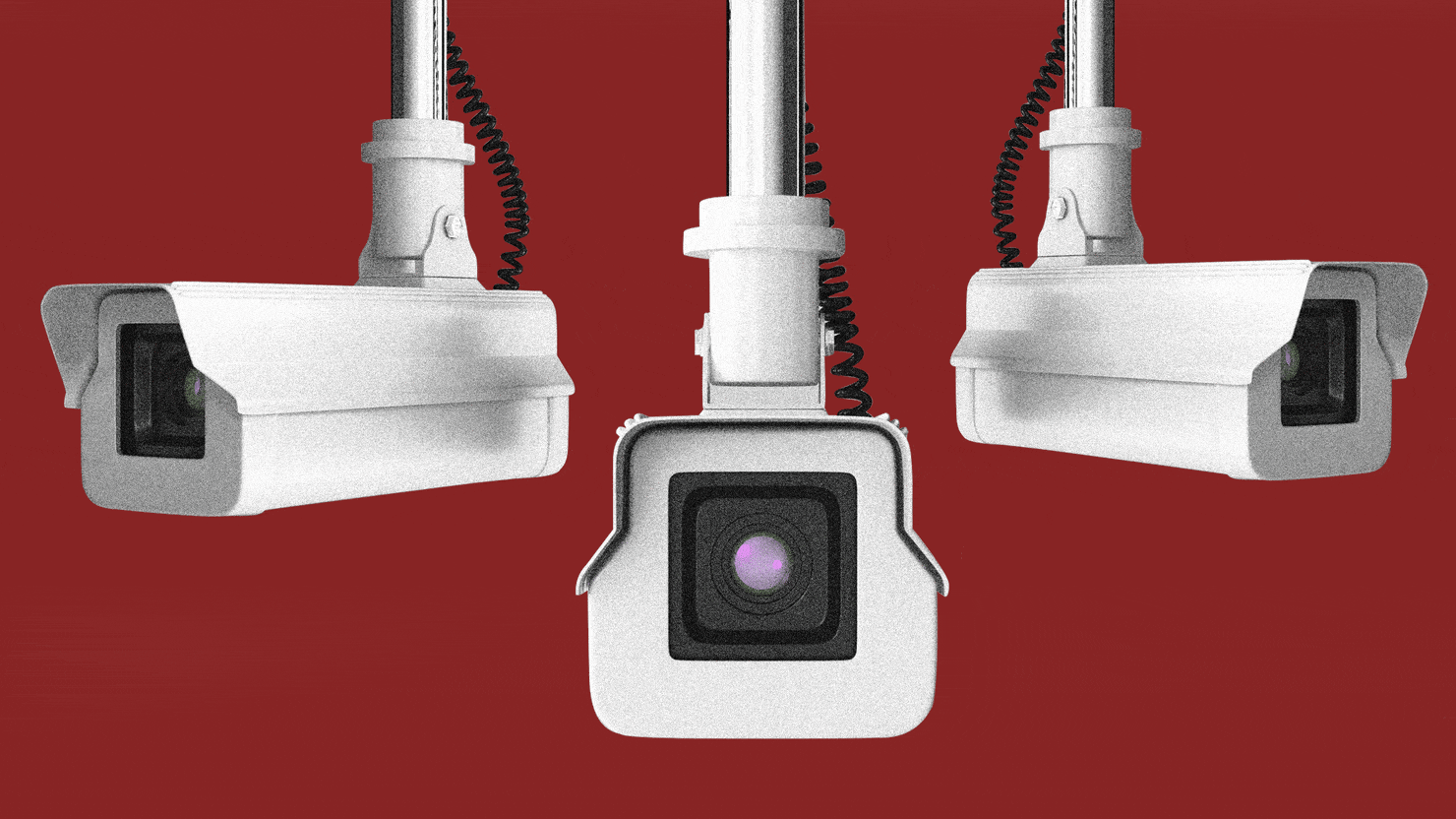


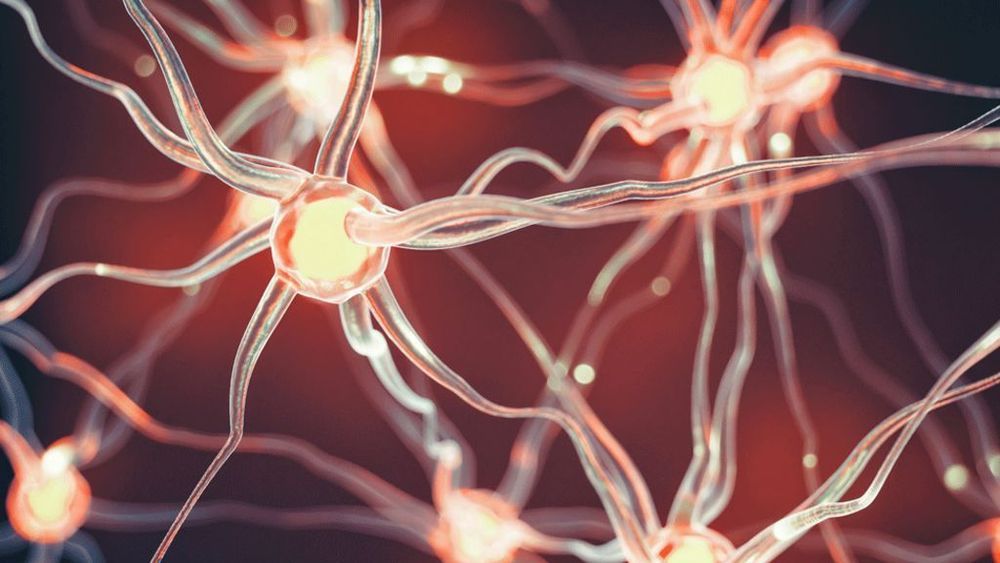
Facebook has announced a breakthrough in its plan to create a device that allows people to type just by thinking.
It has funded a study that developed machine-learning algorithms capable of turning brain activity into speech
It worked on epilepsy patients who had already had recording electrodes placed on their brains to asses the origins of their seizures, ahead of surgery.

It might not look like much, but this wobbly self-driving bicycle is a symbol of growing Chinese expertise in advanced chip design.
Look, no hands: The bike not only balances itself but steers itself around obstacles and even responds to simple voice commands. But it’s the brains behind the bike that matter. It uses a new kind of computer chip, called Tianjic, that was developed by Luping Shi and colleagues at Tsinghua University, a top academic institution in Beijing.
Two in one: The Tianjic chip features a hybrid design that seeks to bring together two different architectural approaches to computing: a conventional, von Neumann design and a neurologically inspired one. The two architectures are used in cooperation to run artificial neural networks for obstacle detection, motor and balance control, and voice recognition, as well as conventional software.


On July 28th, SpaceX wrapped up modifications to a rented robotic lift vehicle and carefully moved Starhopper back to its launch facilities three days after its inaugural flight. Another two days after that, SpaceX filed road closure requests confirming the date for the Starship prototype’s next launch.
According to those road closures, SpaceX is preparing Starhopper for a second flight just 17 days after its first hop and has cordoned off August 12th through the 14th to provide a backup window or two and a possible pre-flight static fire opportunity. In recent days, SpaceX has begun the process of refurbishing Starhopper and its pad facilities, although – by all appearances – very little work is needed to return the vehicle to flight readiness.
In fact, just yesterday (July 30th), SpaceX began reattaching the pad’s quick-disconnect (QD) umbilical ports to Starhopper in an important post-flight test and a first step towards verifying that all ground support equipment (GSE) is healthy. Thankfully for the pad, Starhopper is powered by just one Raptor engine, producing a maximum of 200 tons (450,000 lbf) of thrust at sea level.
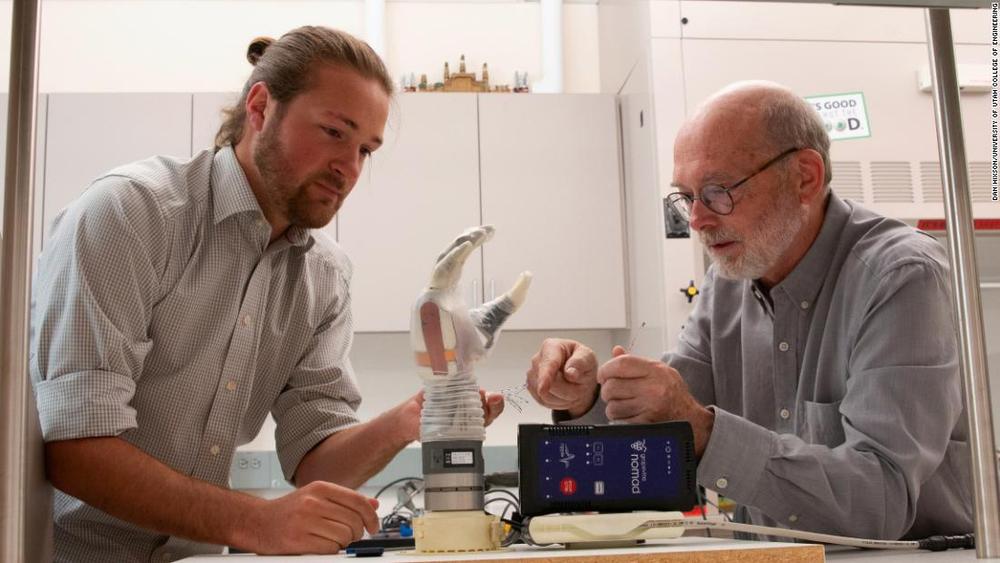
About 17 years ago, Keven Walgamott lost his left hand and part of his forearm in an electrical accident. Now, Walgamott can use his thoughts to tell the fingers of his bionic hand to pick up eggs and grapes. The prosthetic arm he tested also allowed Walgamott to feel the objects he grasped.
A biomedical engineering team at the University of Utah created the “LUKE Arm,” named in honor of the robotic hand Luke Skywalker obtains in “Star Wars: The Empire Strikes Back” after Darth Vader slices off his hand with a lightsaber.
A new study published Wednesday in the journal Science Robotics explained how the arm revived the sensation of touch for Walgamott. The University of Chicago and the Cleveland Clinic were also involved in the study.

Mr. Epstein’s vision reflected his longstanding fascination with what has become known as transhumanism: the science of improving the human population through technologies like genetic engineering and artificial intelligence. Critics have likened transhumanism to a modern-day version of eugenics, the discredited field of improving the human race through controlled breeding.
Mr. Epstein, the accused sex trafficker, was fascinated by eugenics. He told scientists and others of his vision of using his New Mexico ranch to impregnate women.
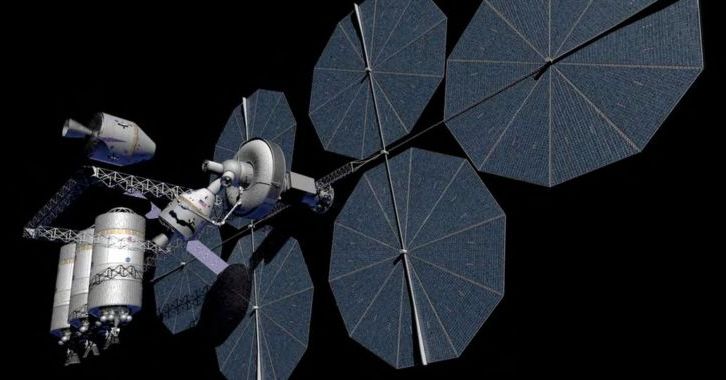
On Tuesday afternoon, NASA announced 19 new partnerships with 10 US companies to help bring more cutting-edge technologies closer to production use in spaceflight. There were a lot of useful engineering ideas here, such as precision landing systems and robotic plant farms, but perhaps the most intriguing one involved the rocket company SpaceX and two of NASA’s field centers—the Glenn Research Center in Ohio and the Marshall Space Flight Center in Alabama.
“SpaceX will work with Glenn and Marshall to advance technology needed to transfer propellant in orbit, an important step in the development of the company’s Starship space vehicle,” the NASA news release states. This is a significant announcement for reasons both technical and political.
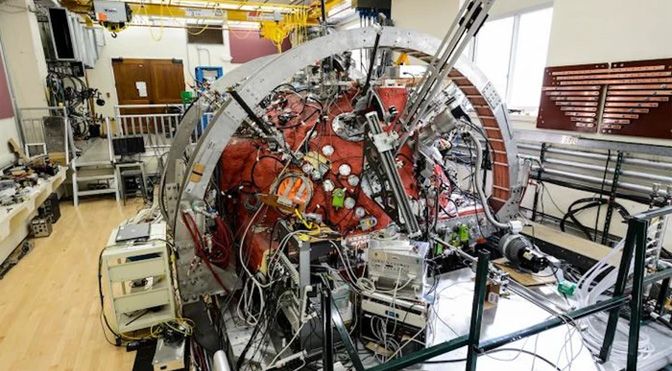
The sun is easy to spot in the sky, and it’s not very far away in astronomical terms. So, scientists have spent a great deal of time studying our local life-giving star. However, the sun is also a nuclear inferno that will eradicate any people and most robots that get too close. To study the star up close, researchers at the University of Wisconsin-Madison built a miniature sun. They call it the Big Red Ball (BRB), and it could help us understand some fundamental solar processes.
Like most main sequence stars, the sun is a giant ball of hydrogen massive enough to sustain a nuclear fusion reaction. The hydrogen fuses into helium, and helium eventually fuses into heavier elements as stars exhaust their fuel. The sun still has plenty of life left, so it’s mostly hydrogen with about one-quarter helium.
The BRB uses helium to create analogous conditions to those on the sun, but without all that pesky nuclear fusion. As experiments have shown, it’s extremely difficult to maintain nuclear fusion on Earth. The BRB is a hollow sphere almost ten feet (three meters) in diameter. The team filled that space with helium gas (which again is a major component of the sun) and ionized it with microwave heating to form a sun-like plasma. Powerful magnets confine the plasma, and an electrical current causes the miniature sun to spin a bit like the real one.